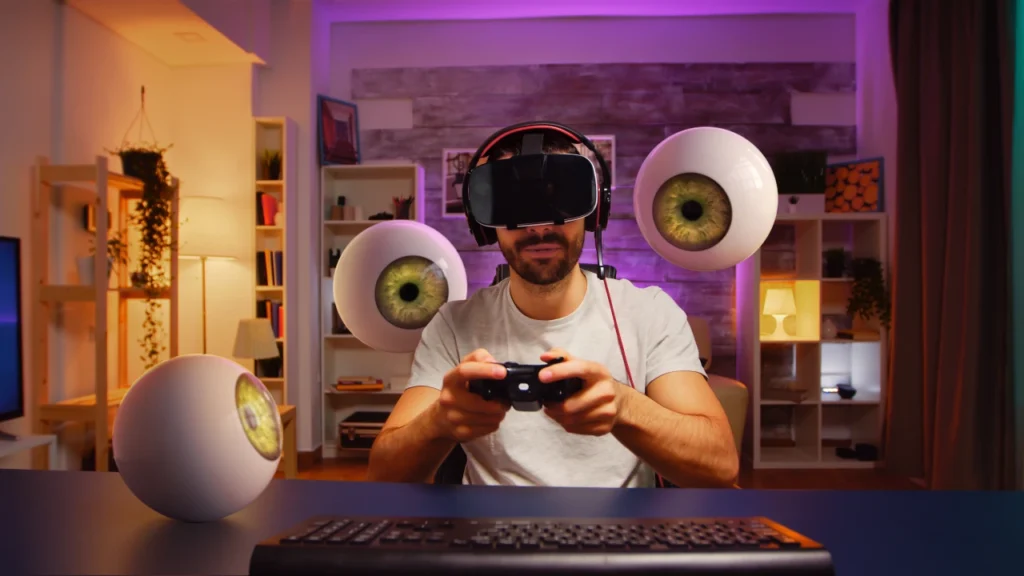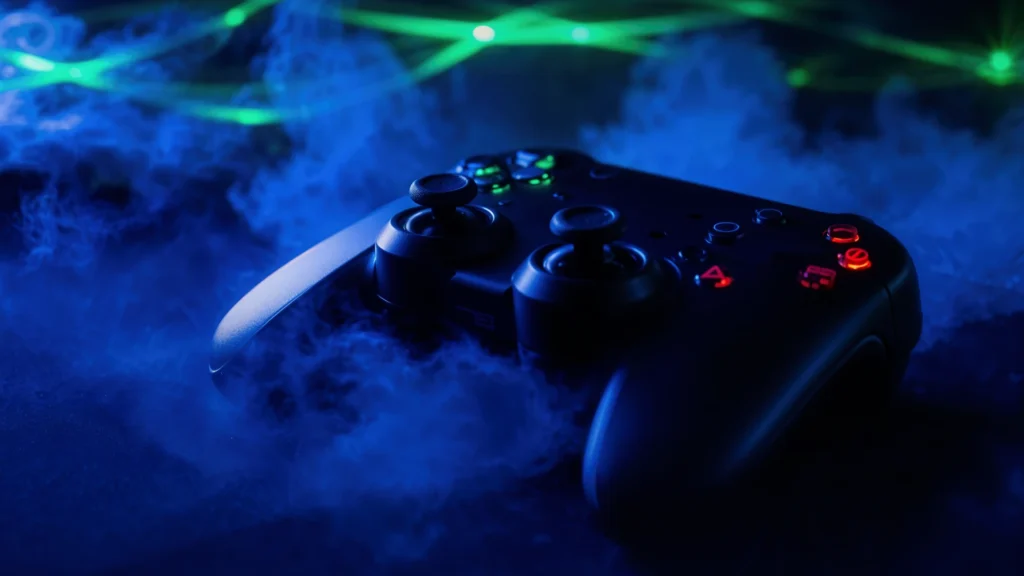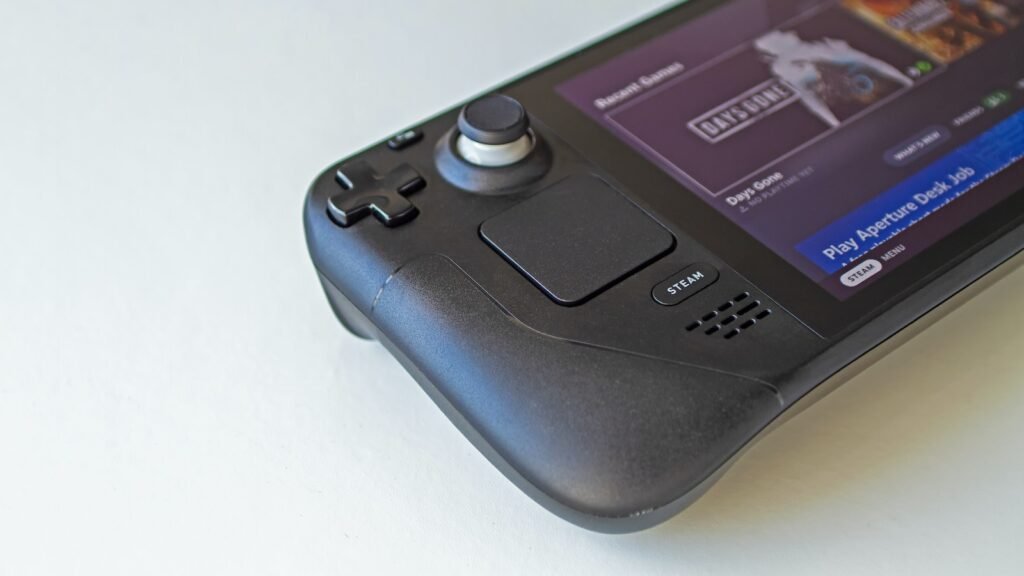Table of Contents
Highlights
- Budget Game Controllers: Razer Kishi V2 and Backbone One deliver plug-and-play, low-latency experiences for competitive mobile play.
- GameSir and 8BitDo models balance cross-platform flexibility and substantial value for varied budgets.
- Rotor Riot and MOGA-style clamps are practical ultra-budget options with trade-offs in materials and feature depth.
Mobile gaming has never been more appealing, and the variety of games is also greater than ever. A budget game controller can easily turn a casual gaming session into an excellent gameplay experience similar to that of a console.
A suitable low-priced controller offers tactile buttons, clickable sticks, dependable triggers, and a soft grip; all of these matter more than flashy RGB or premium materials when you are trying to win a tense match or finish a long level without thumb fatigue. This article presents a lineup of affordable controllers that offer a good balance of price, quality, and compatibility (Android and iPhone) among the major options, and analyzes each controller’s performance in actual play: ergonomics, latency, software support, and value for money.

Razer Kishi V2 (compact, low-latency mobile clamp)
The Razer Kishi line has always aimed at those players who are in need of a phone-to-controller connection without the disadvantage of having extra bulk. The Kishi V2 keeps the fundamental promise of its predecessor, which is to connect the phone to the controller, but also lowers the price options for those who are cost-conscious.
The clamp design places the smartphone very close to the gaming action, thereby creating a small footprint and making the device feel like a handheld console. Among the areas where the Kishi V2 excels the most is the very low input delay and the fine quality of the thumbstick compared to other similar-priced rivals; the button movement is short yet quite predictable, which is a big advantage for fast-twitch gaming.
For longer sessions, the comfort is good due to the even weight distribution; nevertheless, some bigger-handed individuals might want an add-on grip for prolonged gaming. While the wired (USB-C or Lightning, depending on the model) connection virtually removes latency and pairing troubles, it also limits your mobility. If you can see and hear the reliability of plug-and-play and are going to be playing competitive shooters or platformers, then the Kishi V2 is surely the best option among the budget controllers.

Backbone One (streamlined iPhone-first experience)
Backbone One stands out as an all-in-one controller that connects directly to the iPhone and clearly demonstrates the benefits of a smooth, efficient iOS integration and user experience. The Backbone One is frequently available at great discounts during sales for thrifty consumers seeking an easy setup, and its ergonomics are surprisingly refined for the price. The controller’s design is very similar to the design of modern game consoles, and it is even connected to a small ecosystem app that provides game suggestions and recording tools.
Playtime comfort is high, and the clickable analogue sticks and face buttons feel solid for the price. The Lightning-connected model eliminates Bluetooth pairing and reduces jitter, but Android compatibility is limited to specific variants. For iPhone owners who want a compact, console-like grip with simple operation and few setup headaches, the Backbone One is a reliable, value-conscious pick.
GameSir X2 and X4 series (versatile, value-oriented controllers)
GameSir’s telescoping clamp controllers are often the default recommendation for buyers who want wide compatibility without spending much. The X2 and X4 variants cover different budgets and feature sets: the X2 prioritizes minimalism and price, while the X4 adds improvements in stick quality and triggers.

These controllers generally allow charging, low-latency connections, and easy button mapping through a companion app. The construction is user-friendly, mostly hard plastic with textured grips, and it offers excellent control fidelity for mobile shooters and action games.
Battery life rarely becomes a concern because many devices are wired or consume no power at all; furthermore, if devices have wireless modes, they will most likely prioritize stable Bluetooth pairing. GameSir’s pricing strategy and the option to choose from different models allow you to take your pick of the precise combination of features you need without paying a cent more.
8BitDo Mobile Pro and SN30 Pro (retro-inspired, surprisingly capable)
8BitDo has a reputation for delivering strong-value products, and its mobile-oriented controllers borrow a retro aesthetic while offering modern functionality. The Mobile Pro and SN30 Pro models are notable for their comfortable D-pads, programmable buttons, and solid stick modules that rival more expensive pads. Where these controllers stand out is in cross-platform flexibility: they switch between Bluetooth modes for Android, iPhone, PC, and even Nintendo devices in many cases.

For mobile play, latency is acceptable for most single-player and casual multiplayer titles, and the tactile feedback on face buttons is satisfying given the price. In several countries, ultra-budget options from PowerA’s MOGA line or OEMs in the region are available in the lowest price categories. These controllers usually offer a low price as their main feature and thus attract players who might otherwise use an exclusively touchscreen way of playing.
Rotor Riot (wired, no-latency iPhone controller)
Rotors Riot follows a simple philosophy: reduce latency and complexity by sticking to a wired, MFi-certified controller for iPhone. For players who prioritize responsiveness above all else, mobile fighters, precision platformers, and local multiplayer, the Rotor Riot’s direct connection eliminates jitter and battery-pairing headaches.
The controller’s ergonomics and button travel are modest but functional, and the price reflects the intention to deliver basic, dependable hardware. The trade-off is obvious: you get less wireless convenience, and the controller is not universal for Android devices. For budget buyers who own an iPhone and want the most direct, lowest-latency input for competitive play, Rotor Riot remains a pragmatic pick.

PowerA MOGA and Xiaomi/Redmi third-party clamps (ultra-budget and widely available)
In quite a few markets, the lowest price categories are dominated by ultra-budget products from manufacturers such as PowerA’s MOGA series or local OEMs from Xiaomi/Redmi. Such controllers are usually made as cheaply as possible to grant access to gamers who might otherwise use only the touchscreen. Expectations should be realistic: plastics, simpler sticks, and basic Bluetooth implementations are common. That said, a well-reviewed MOGA unit or a reputable regional clamp can be surprisingly serviceable for casual gaming – racing, simple shooters, and mobile RPGs.
The company frequently includes battery pass-through, a foldable design for pocketability, and companion apps for elemental mapping. The most significant risk is quality variance; buyers should favor models with many user reviews and clear return policies. For those on the tightest budgets, these controllers are the entry point that makes many games enjoyable without a steep investment.
Ergonomics, software support, and practical buying tips
Across budget controllers, ergonomics is the element that most affects long-term enjoyment. Controllers with balanced weight, textured grips, and slightly domed sticks reduce fatigue and improve aim, while hard flat shells feel cheaper and amplify wrist strain. Software support in the form of companion applications, firmware updates, and button remapping greatly improves less expensive hardware by eliminating its downsides and providing additional personalization options for users, thereby prolonging its usable lifespan.

If you are going to play competitive games, prioritize controllers that support wired connections with low latency. If you want flexibility across platforms, choose Bluetooth models with easy multi-device pairing. Lastly, consider regional availability and warranty conditions: the lowest-priced controller that meets the specifications may not be usable if the seller will not accept returns or provide service in your region.
Final verdict
There is an excellent variety of inexpensive mobile controllers in 2025, but the best ones share the same characteristics: reliable inputs, a nice feel, and good software features. For Android, with plug-and-play reliability, look at GameSir’s mid-range clamps; iPhone users often consider Backbone One or the wired Rotor Riot the most straightforward. For online gaming and vintage vibes, 8BitDo’s products are a fantastic buy.
Ultra-budget MOGA and OEM clamps are excellent stopgaps for casual play or younger users. Each of these controllers turns modern smartphones into legitimate gaming devices without the expense of a premium accessory – and, critically, the right budget pad can change how a game feels far more than a small difference in OLED refresh rates or CPU cores.